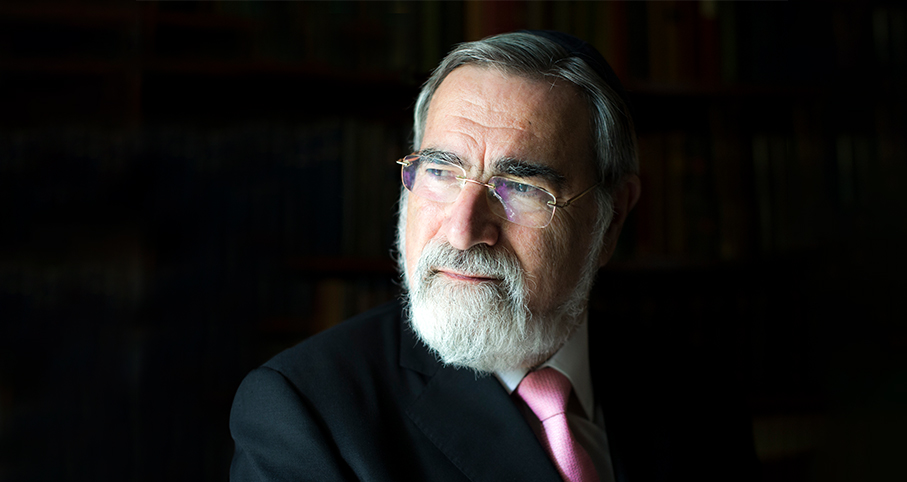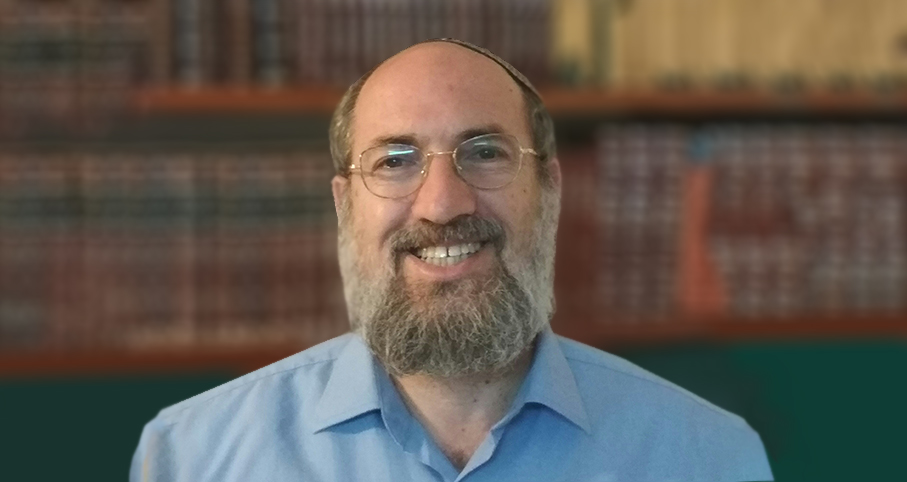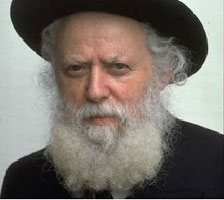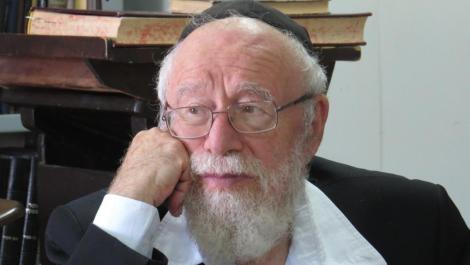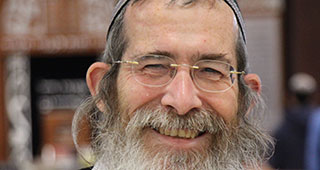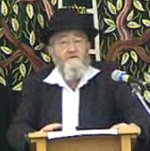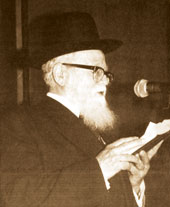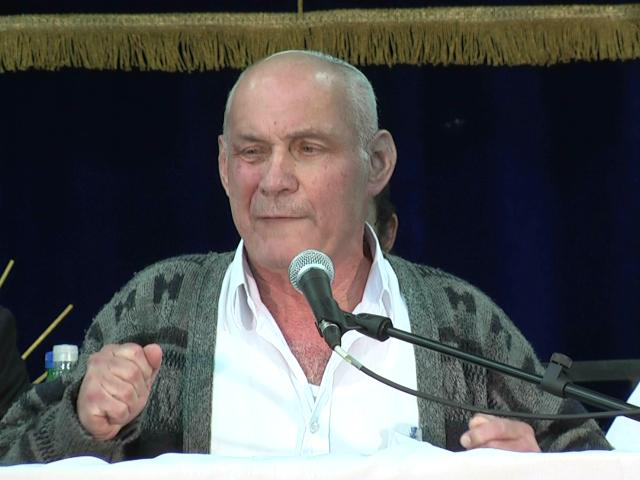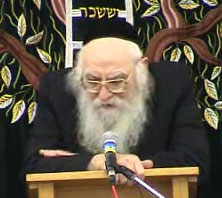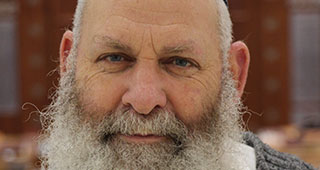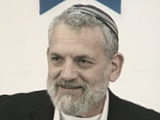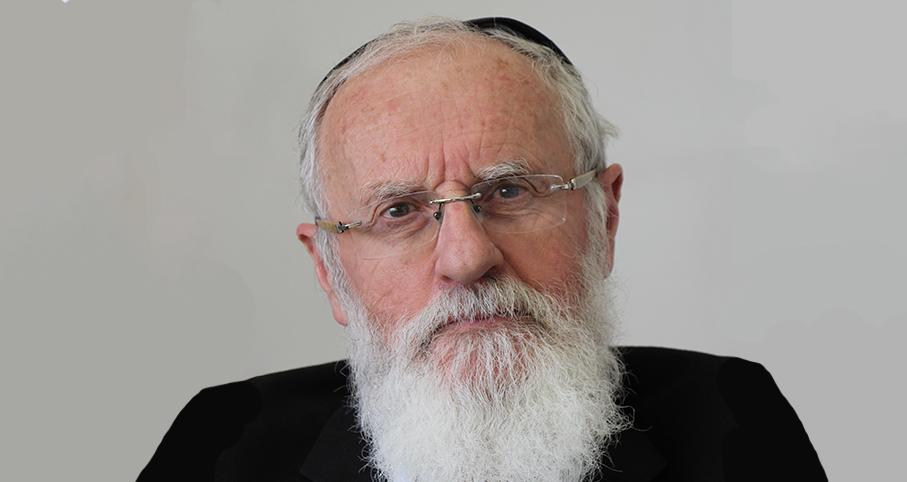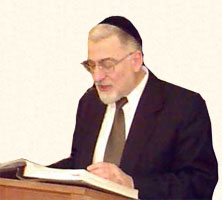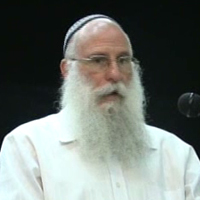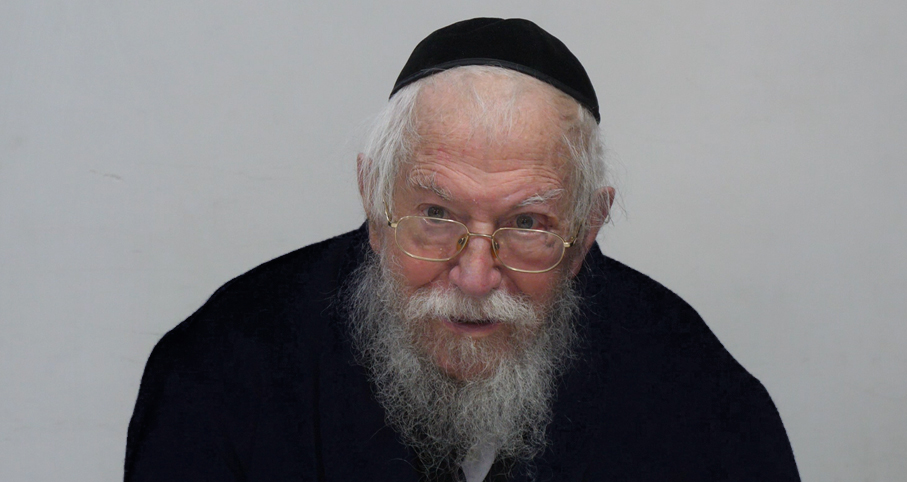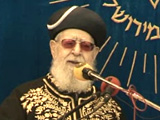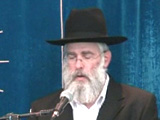Beit Midrash
- Sections
- Chemdat Yamim
- Parashat Hashavua
- Torah Portion and Tanach
- Shmot
- Bo
In our generation, Pesach is the first among a chain of commemorations during the spring season in which we celebrate national events. At the center, of course, are those that are from the Torah – Pesach and Shavuot. But there are also a wide variety of special days that run the gamut of Jewish experience, from the Mimuna, celebrating aliya and unity, to Yom Hashoah, commemorating the horrible Sho’ah, and connecting it to the foundation of the State of Israel. We have Yom Hazikaron, recognizing the sacrifices of the many who gave their lives making the State possible and helping to keep it going safely. Yom Ha’atzmaut, of course, declares the liberation of the nation from a political and spiritual perspective. Lag Ba’omer reminds us that the dream of reestablishing independence, with the efforts of Bar Kochva and his soldiers, prominently including students of Rabbi Akiva, was not an empty dream. (The great kabbalists, who are students of Rabbi Shimon Bar Yochai, preserved secrets about the future liberation.) Yom Yerushlayim, celebrating the liberation of Jerusalem, our nation’s eternal capital, from a national and spiritual basis, is finally followed by Shavuot, the holiday of the giving of the Torah, as the seven weeks of the sefira conclude.
Some in the nation commemorate these days only from a national perspective; others commemorate only some of these days and only from a religious perspective. There are those of us who try to connect the two important focuses. In the next few weeks, we will try to clarify an episode in Sefer Shmuel that is closely related to these matters.
In the last perek of Shmuel, we read about the terrible plague that ravaged Israel after David carried out a national census in an improper way. The plague ended when David erected an altar in the silo of Aravna the Yevusi, which turned into the site of the Beit Hamikdash on Har Habayit (Shmuel II, 24:1-16; ibid. 17-25). These events teach us two things:
1. Har Habayit is the "place that Hashem chose" for the Beit Hamikdash (see Divrei Hayamim I, 22:1).
2. There are hints in this perek that this place was also the place of akeidat Yitzchak (Divrei Hayamim II, 3:1 says explicitly that Arvana’s silo was on Mt. Moriah).
Many great people have tried to figure out how David came to the mistake about the census, ostensibly ignoring the p’sukim in the beginning of Parashat Ki Tisa. The question is also asked why David’s sin could cause 70,000 people to be killed. It is also not obvious why the altar was able to end the plague. These will be among the topics discussed in the coming weeks. May we see Jerusalem in its full glory, rebuilt as the full spiritual and national center of Israel and as the capital of world peace.
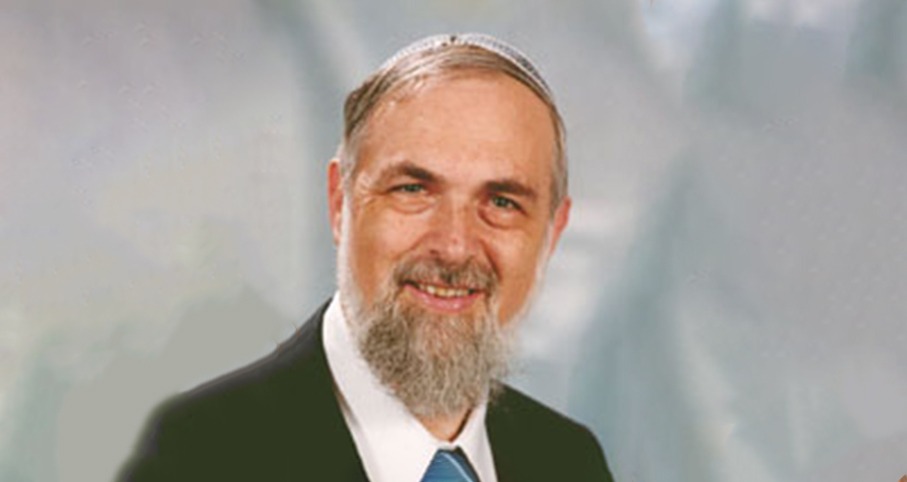
Parashat Hashavua: What’s in the Name of Noach?
Rabbi Yossef Carmel | Cheshvan 5786

Parashat Hashavua: Can One Give a Loan to Hashem? – part II
Rabbi Yossef Carmel | Elul 5785

Parashat Hashavua: The Journey … from Charan to Mt. Moriah and Beyond
Rabbi Yossef Carmel | Cheshvan 5786


